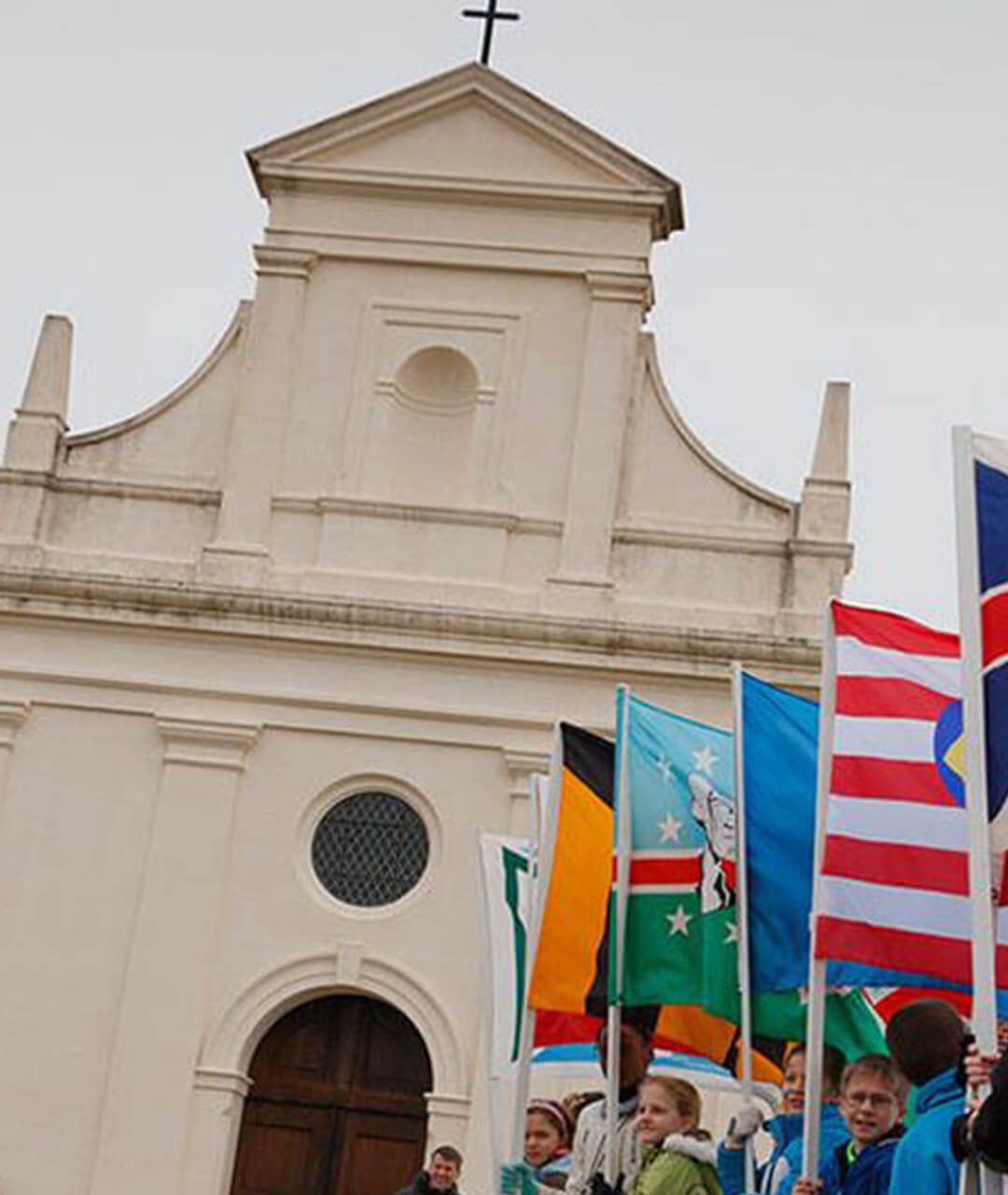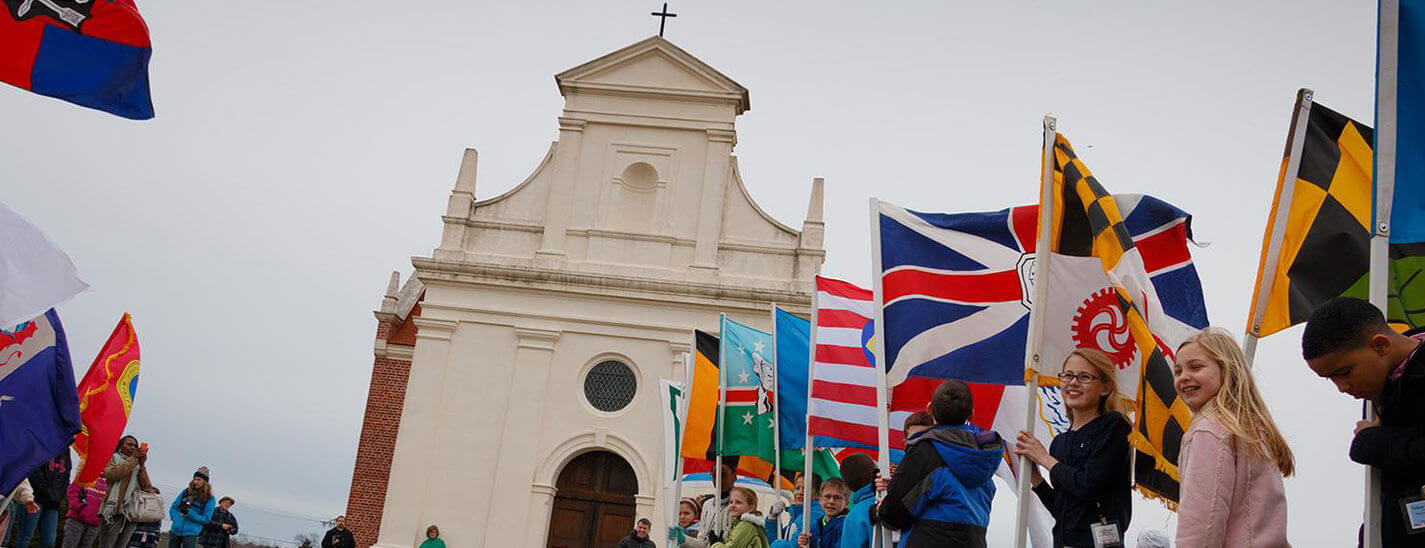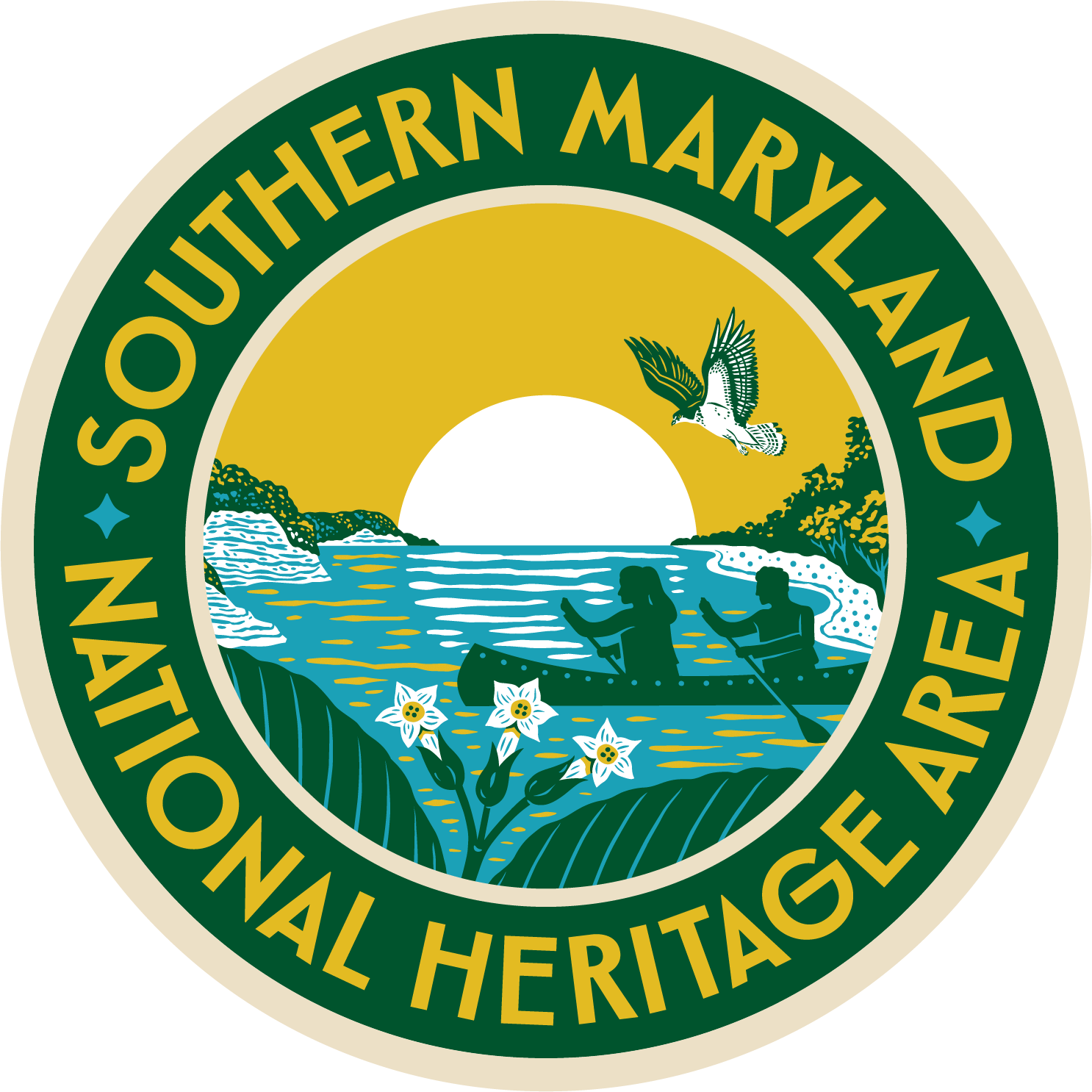
Birthplace of
Religious Freedom

Birthplace of Religious Freedom
Early Years
Early Years
AN ACT LIKE NO OTHER
“…in a well Governed and Christian Commonwealth matters Concerning Religion & the honor of God ought in the first place to be taken into serious Consideration and endeavoured to be settled.”
The Act Concerning Religion, passed by the Maryland General Assembly on April 21, 1649, was the first time that religious freedom was codified into law, and it provided the foundation for religious freedom in the First Amendment to the Constitution of the United States of America.
“No Person or Persons…shall henceforth be in any ways troubled molested or discountenanced for or in respect of his or her Religion nor in the free exercise thereof…”
AN ACT LIKE NO OTHER
“…in a well Governed and Christian Commonwealth matters Concerning Religion & the honor of God ought in the first place to be taken into serious Consideration and endeavoured to be settled.”
The Act Concerning Religion, passed by the Maryland General Assembly on April 21, 1649, was the first time that religious freedom was codified into law, and it provided the foundation for religious freedom in the First Amendment to the Constitution of the United States of America.
“No Person or Persons…shall henceforth be in any ways troubled molested or discountenanced for or in respect of his or her Religion nor in the free exercise thereof…”
A Founding Principle, a Basic Human Right
Most significant to the advance of western ideas, the Calverts introduced the concept of the division of Church and State into the New World and into Western political discourse. Even though the Act Concerning Religion was abolished 40 years later due to political turmoil in England and the Maryland Colony, its legacy can be traced through American history to the free exercise of religion clause in the First Amendment to the Constitution:
“Congress shall make no law respecting an establishment of religion, or prohibiting the free exercise thereof.”
The basic human right of freedom of religion and freedom of conscience was put into law for the first time in the western world here in Southern Maryland. To emphasize this new idea, the church and the statehouse were put on opposite ends of the growing town, to physically separate the two.
A Founding Principle, a Basic Human Right
Most significant to the advance of western ideas, the Calverts introduced the concept of the division of Church and State into the New World and into Western political discourse. Even though the Act Concerning Religion was abolished 40 years later due to political turmoil in England and the Maryland Colony, its legacy can be traced through American history to the free exercise of religion clause in the First Amendment to the Constitution:
“Congress shall make no law respecting an establishment of religion, or prohibiting the free exercise thereof.”
The basic human right of freedom of religion and freedom of conscience was put into law for the first time in the western world here in Southern Maryland. To emphasize this new idea, the church and the statehouse were put on opposite ends of the growing town, to physically separate the two.
